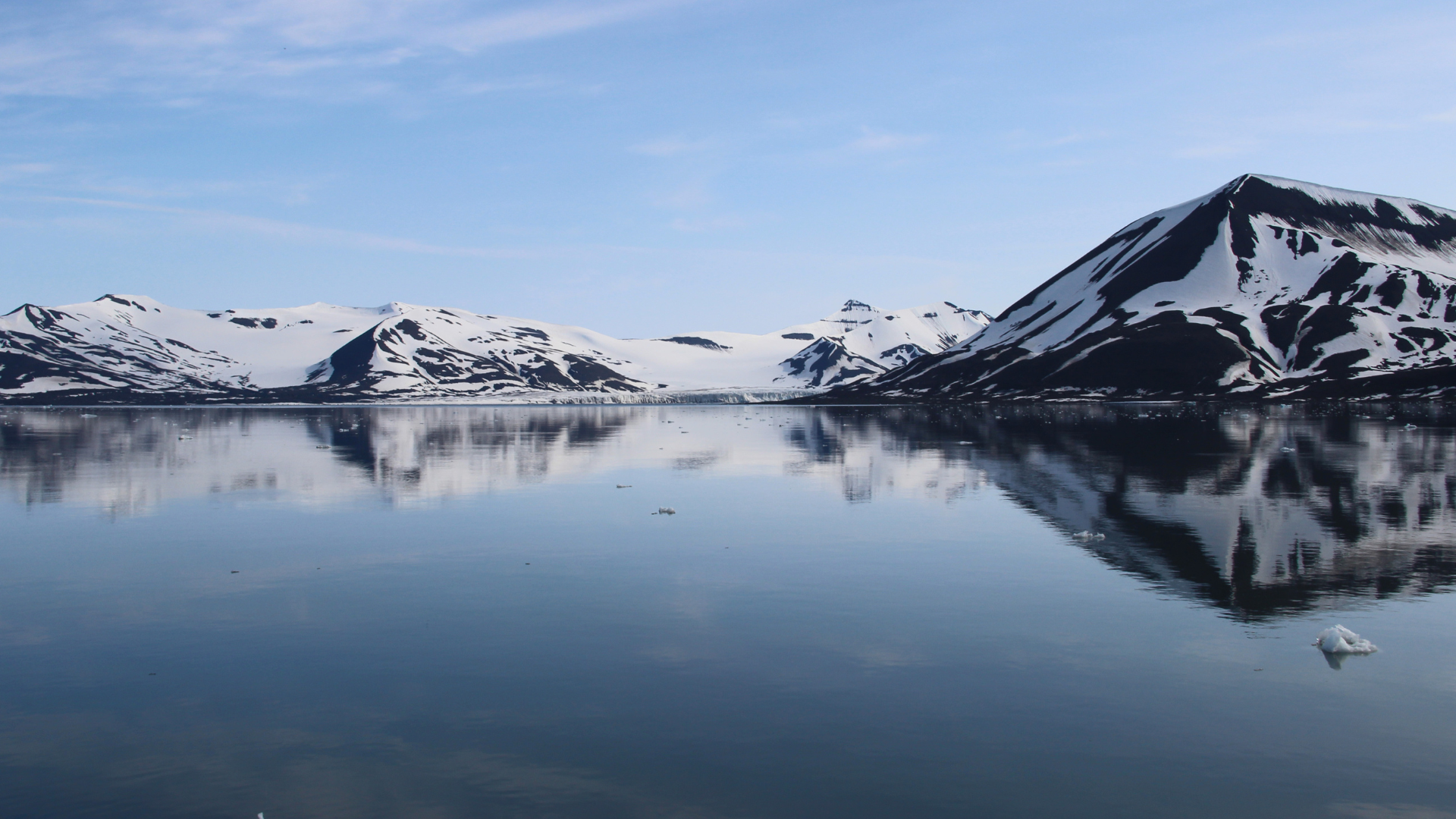From Tsarist Times to Today: Svalbard's Russian History for Dummies
From Tsarist Times to Today: Svalbard's Russian History for Dummies

Svalbard, the remote archipelago in the Arctic Ocean, has a rich and complex history shaped by various nations, including Russia. Russian influence on Svalbard dates back to the early days of Arctic exploration and continues to be significant today. Understanding this historical context provides a deeper appreciation for the cultural and geopolitical dynamics of the region.
Russian interest in Svalbard began in the 17th century when Russian Pomors, hunters and trappers from the White Sea region, ventured into the Arctic in search of walrus, seals, and other valuable resources. These early expeditions were part of a broader Russian effort to exploit the rich marine and terrestrial resources of the Arctic. The Pomors established seasonal hunting camps on Svalbard, leaving behind archaeological evidence of their presence, such as hunting tools and simple shelters.
The 19th and early 20th centuries saw increased Russian activity in Svalbard, primarily focused on hunting and whaling. Russian hunters and trappers continued to exploit the rich wildlife of the archipelago, contributing to the depletion of some species, particularly the walrus. This period also saw the beginnings of Russian interest in the region's mineral resources, although large-scale mining operations had not yet been established.
The geopolitical status of Svalbard was formalized with the signing of the Svalbard Treaty in 1920. The treaty recognized Norwegian sovereignty over the archipelago but granted equal rights to citizens of the signatory nations, including Russia, to engage in commercial activities and scientific research. This unique legal framework allowed for international cooperation and competition, shaping the development of Svalbard in the 20th century. Russian interests in the region were largely focused on coal mining, leading to the establishment of Russian mining settlements.
The most notable Russian settlement in Svalbard is Barentsburg, named after the Dutch explorer Willem Barentsz. Barentsburg was established as a mining town and remains the second-largest settlement on the archipelago. The town is a vivid example of Soviet-era architecture and planning, with its characteristic buildings and monuments. Despite the decline of the coal industry, Barentsburg continues to be inhabited, primarily by Russian and Ukrainian workers. The settlement is a cultural outpost, showcasing Russian traditions and lifestyle in the Arctic.
Another significant Russian settlement is Pyramiden, which was founded in 1910 by Sweden but sold to the Soviet Union in 1927. Pyramiden thrived as a coal mining community during the Soviet era, with substantial investment in infrastructure and amenities for its residents. The town was abruptly abandoned in 1998, and today it stands as a well-preserved ghost town. Visitors to Pyramiden can explore the remnants of Soviet life, including the cultural center, sports facilities, and residential buildings. The town offers a fascinating glimpse into the past and the challenges of Arctic living.
Russian scientific research has also played a crucial role in Svalbard's history. The archipelago's strategic location and unique environment have made it an important site for Arctic research. Russian scientists have contributed to a wide range of studies, from glaciology and geology to climate science and biology. The legacy of this research is evident in the numerous scientific stations and collaborative projects that continue to operate in the region. These efforts have enhanced our understanding of the Arctic and its global significance.
Today, Russian presence in Svalbard continues to be significant, both in terms of cultural heritage and ongoing activities. The settlements of Barentsburg and Pyramiden are popular tourist destinations, attracting visitors interested in the unique blend of Arctic and Russian culture. These towns offer guided tours, cultural events, and opportunities to experience Russian cuisine and hospitality in the Arctic. The enduring Russian influence adds a distinct and enriching dimension to the overall Svalbard experience.
Understanding Svalbard's Russian history provides valuable insights into the broader geopolitical and cultural dynamics of the Arctic. The interplay between exploration, commercial interests, and scientific research has shaped the region's development over centuries. The Russian contributions to Svalbard's history and culture are an integral part of the archipelago's identity, highlighting the diverse and interconnected nature of Arctic history. For visitors, this historical context enriches the experience of exploring Svalbard, offering a deeper appreciation for its past and present.











